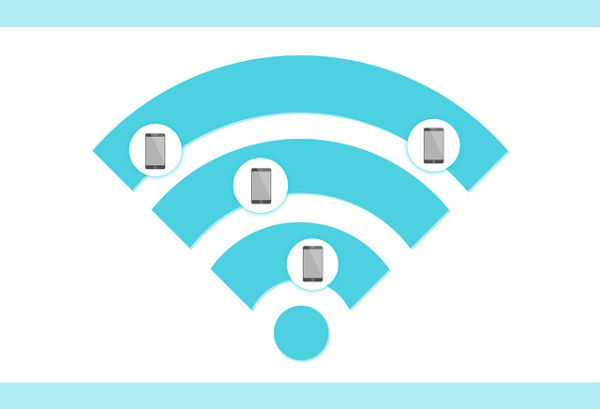ITS Infrastructure has launched a proof-of-concept (POC) to simplify and extend cellular and WiFi capabilities on the UM-Ann Arbor campus using Passpoint. U-M Passpoint is a WiFi feature for smartphones, offered to university guests as an easy, secure alternative to the eduroam WiFi network. It eliminates the need for guest smartphone users to find and authenticate to a MGuest WiFi network when visiting the university. The authentication process leverages automatic WiFi network detection and cellular SIM identity, enabling a seamless and secure connection to eduroam while on campus.
U-M Passpoint has been enabled in four public university spaces: the Michigan Union, Michigan League, the Hatcher, and Shapiro Libraries for the POC, with AT&T as the only supported carrier for testing purposes. Smartphones with AT&T service will automatically find, securely authenticate, and connect to the U-M WiFi infrastructure. This allows devices connected to U-M Passpoint to handle calls and texts reliably over Wifi in locations that may not have adequate cellular coverage.
A key goal for the POC is to validate and understand if WiFi calling is automatically enabled and on which devices and through which carriers it occurs. A major issue with WiFi calling is that the E911 location data delivered on a WiFi call is generally the account holder’s billing address or another statically configured address. This is the reason some carriers and devices may not allow it to be automatically enabled. However, recent advances in device operating system software and carrier capabilities have enabled device Location Services to establish a real-time location that can be delivered when an emergency call is made over WiFi Calling. Our hope is to advance this capability with carriers as part of the POC.
The POC is running from now through September. The expectation is that the other major cellular carriers work with U-M to join our implementation. These additional partnerships will enable ITS Infrastructure to plan and provide a campus-wide rollout of U-M Passpoint in the future. Building on the groundbreaking WiFi 6E upgrade on campus and enhanced technical integrations with cellular infrastructure, this work is a collaborative effort between the Network and Cellular teams within ITS Infrastructure as part of a project to deliver improved connectivity for wireless devices.

